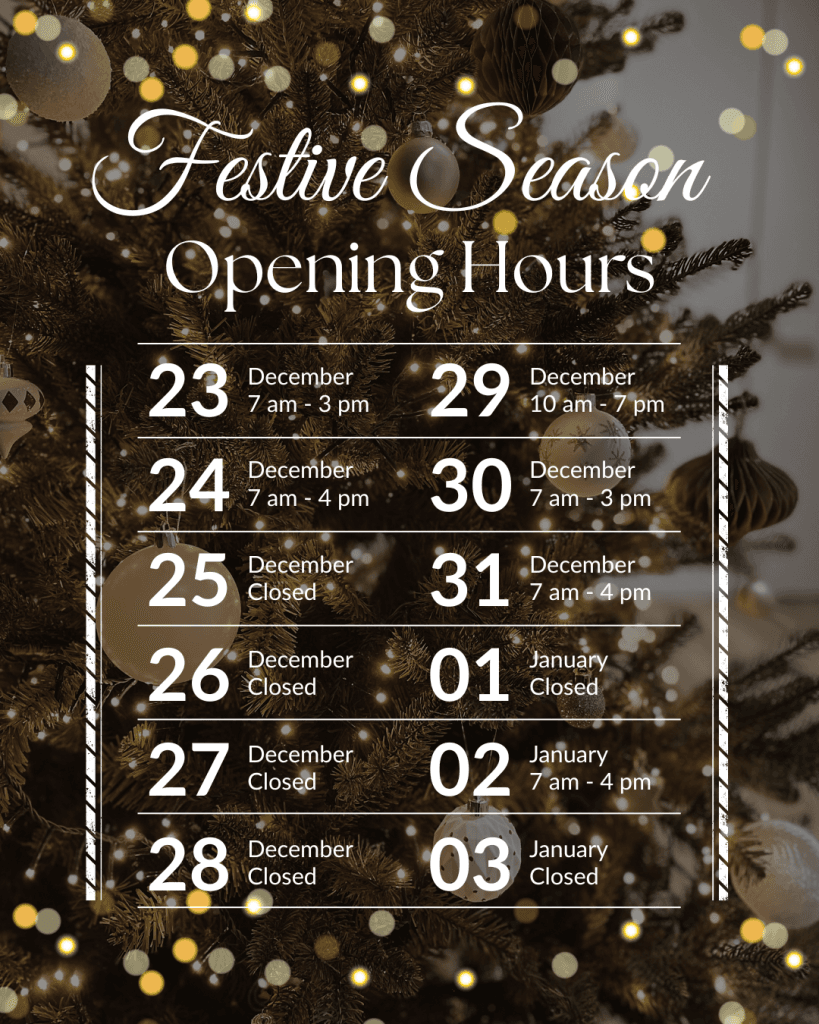[vc_row][vc_column][vc_column_text][/vc_column_text][/vc_column][/vc_row][vc_row css=”.vc_custom_1618452987836{margin-right: 30px !important;}”][vc_column][vc_column_text]Whether you have just survived the Avon Descent, are getting ready for the summer sprint season, or simply enjoy getting out for a paddle, kayaking is a great sport to improve your whole-body strength and fitness – and compared to most other sports it has a low risk of injury. However, this doesn’t mean you won’t get any aches or pains while out in your boat.
One area of the body that people commonly complain about becoming sore while kayaking is your forearm – which makes sense right? You have to grip a paddle the entire time you’re paddling. But there are some simple aspects of your technique that you can change to help prevent or improve your pain:
How tight are you gripping your paddle?
People often hold onto their paddle too tightly, and throughout the whole stroke – especially if you’re getting used to a new boat and just thinking about not wanting to take a dip in the water. All that tension from gripping so tightly can sometimes lead to pain. So if you are one of these people, next time you go for a paddle try to focus on relaxing your top hand a little, and using a hook grip for your bottom hand.
What position is your wrist?
A little bit like Goldilocks and the Three Bears, except instead of being about the temperature of porridge it’s about how flexed or extended your wrist is. Holding your wrist too flexed (see first picture) or too extended (see second picture) will increase strain on your wrist joint and forearm muscles. Ideally your wrist should be neutral or slightly extended throughout most of your stroke (see third picture) – particularly as your paddle is exiting the water. This allows your paddle blade to slide out of the water easily without lifting a bucketful of water in the process, and as a result keeps the load coming through your arm nice and light.[/vc_column_text][/vc_column][/vc_row][vc_row equal_height=”yes”][vc_column width=”1/3″][vc_single_image image=”3544″ img_size=”full” label=””][/vc_column][vc_column width=”1/3″][vc_single_image image=”3543″ img_size=”full” label=””][/vc_column][vc_column width=”1/3″][vc_single_image image=”3542″ img_size=”full” label=””][/vc_column][/vc_row][vc_row css=”.vc_custom_1618452987836{margin-right: 30px !important;}”][vc_column][vc_column_text]How far back is your paddle exiting the water?
You might have been told that to improve your paddling efficiency you need a really long stroke. Now, it’s good to stretch out in front and maximise your stroke distance in front of your body, but if you extend your stroke too far behind your body, you’re not helping yourself. Ideally you want your paddle blade exiting the water just behind your hip, too far back and it actually starts slowing down your boat speed and also increases strain on your arm/forearm.[/vc_column_text][/vc_column][/vc_row][vc_row equal_height=”yes”][vc_column width=”1/2″][vc_single_image image=”3545″ img_size=”full” label=””][/vc_column][vc_column width=”1/2″][vc_single_image image=”3546″ img_size=”full” label=””][/vc_column][/vc_row][vc_row css=”.vc_custom_1618452987836{margin-right: 30px !important;}”][vc_column][vc_column_text]It can be pretty tricky to think about all these things while paddling, so next time you get out on the water just think about which of the above aspects applies to you most – or get someone to video you so can actually see what your technique looks like – and focus on that first.
Now, pain is often a bit more complex than just your technique and is influenced by many other things in your life, so if you are struggling with any aches or pains while kayaking and want to get it sorted, book in an appointment (and bring a video of you paddling!).[/vc_column_text][/vc_column][/vc_row][vc_row el_class=”colored animate” el_id=”our-team” css=”.vc_custom_1618452942113{background-color: #f2f2f2 !important;}”][vc_column width=”1/4″][vc_single_image image=”3501″ img_size=”large” label=””][/vc_column][vc_column width=”3/4″][ultimate_spacer height=”0″ height_on_mob_landscape=”15″ height_on_mob=”15″][porto_ultimate_heading main_heading=”Ben Harris” alignment=”left”]
[/porto_ultimate_heading][vc_column_text]
Ben graduated from Curtin University with a Bachelor of Science in Physiotherapy, and has experience in sports training for the WA State Netball Competition and coaching paracanoe at a local kayak club.
Ben has previously been a high-level athlete in Sprint Kayaking, which is where his interest to become a physiotherapist started. He has a strong passion for treating a whole variety of musculoskeletal conditions and sporting injuries – and believes a holistic approach is best to identify the highest quality treatment for each individual.
Outside of work, Ben enjoys spending time outdoors surfing, kayaking, mountain biking and camping.
SPECIAL INTERESTS:
- Sporting injuries
- Neck and back pain
- Shoulder pain
- Hip pain
[/vc_column_text][/vc_column][/vc_row]


